

The beast is back in town
Written by Nick Nitro
Edited by Matt Wilson
WARNING: SPOILERS ALERT
Godzilla is one of those rare types of films that people are very vocal about loving or hating. Looking over twitter, you can see people shouting nothing but praises or nothing but vile hatred for the film. There is no in-between.
When the 1998 film came out, was it the film I wanted? Not really, but it was a popcorn flick. The type of crowd pleaser Dean Devlin and Roland Emmerich had made before. Thing is, it didn’t please anyone. It was almost immediately hated by almost everyone, and many, including myself, felt that the monster didn’t have the look that we had associated with Godzilla. Thankfully that has been fixed in this film, and the casting, unlike in 1998, is brilliant, with Bryan Cranston ripe with fame from Breaking Bad.
My first viewing left me reeling, feeling that it was a huge triumph. Unfortunately I saw it again, and let my inner Godzilla fan boy have a night off, which is when I started to feel very unhappy with what I was watching.
Godzilla himself is barely in the film. Instead it concentrates on the human characters; you see everything via the lead’s point of view. If the main character, Ford, doesn’t see what is going on, then we don’t either, and this continues right up until the very end, when we are given some more insight into the battles. Despite not being on-screen that much, the monster is handled beautifully. How its mannerisms are portrayed, and the CGI of it is wonderful.
Aaron Taylor-Johnson, the lead, is a wonderful actor. I’ve loved him in many other films, but here he’s only okay. He doesn’t really capture my attention; all he seems to do is ‘go with the flow’. And it’s all a bit too coincidental that the MUTOs (giant bug-like monsters) seem to be wherever he is; first in Japan, then Hawaii and finally San Francisco.
The argument that Godzilla, and similar films, have a weak human story shouldn’t be an excuse for lazy storytelling. Sadly that is the case her, with actors seemingly just serving the plot as opposed to the other way around. Cranston, who sadly dies at the beginning of the film, is the only one who puts on a good performance, and he is able to make the first half of the film very believable.
Frankly, his was the only human character I cared about, and as he is killed off very early, there was very little reason to care about the rest of the film. From then the only thing I cared about besides Godzilla was stopping the MUTOs, but it shouldn’t have been that way.
There was one other main thing that bothered me. Godzilla is hunting the MUTOs and also bringing nature to balance. So, if Godzilla is here to bring back balance to nature, shouldn’t he be turning against us? We are killing nature, slowly but surely, so shouldn’t he be interfering there? I understand the point that to the MUTOs and Godzilla we are so insignificant to nature’s plans, that we just are ants whose little colonies are in the way of their little ‘dance’, but shouldn’t that also be the answer as well, that Godzilla could and should turn on us too?
While the original film, Gojira, warned us about the folly of man, here, the folly of man is that we are insignificant. I just thing that it should be both and the film failed to do that.
One good thing however is how the film is shot. Edwards, the director, does know how to shoot a film well, or surround himself with people to assist him in-doing so. Godzilla, besides being similar to Jaws in taking a while to properly reveal the monster, also featured similar Spielberg-like shots and set-ups. The second time around, I was particularly impressed by the film-making utilised, and it reminded me of how Steven Spielberg uses the camera in his films.
Ultimately, Godzilla is a massive summer blockbuster worth seeing on the big screen, but it has its fair share of problems. With talk of a sequel well on the way, I’d like to see the monster exploited more, and see what the beast can really do when it’s let loose.

